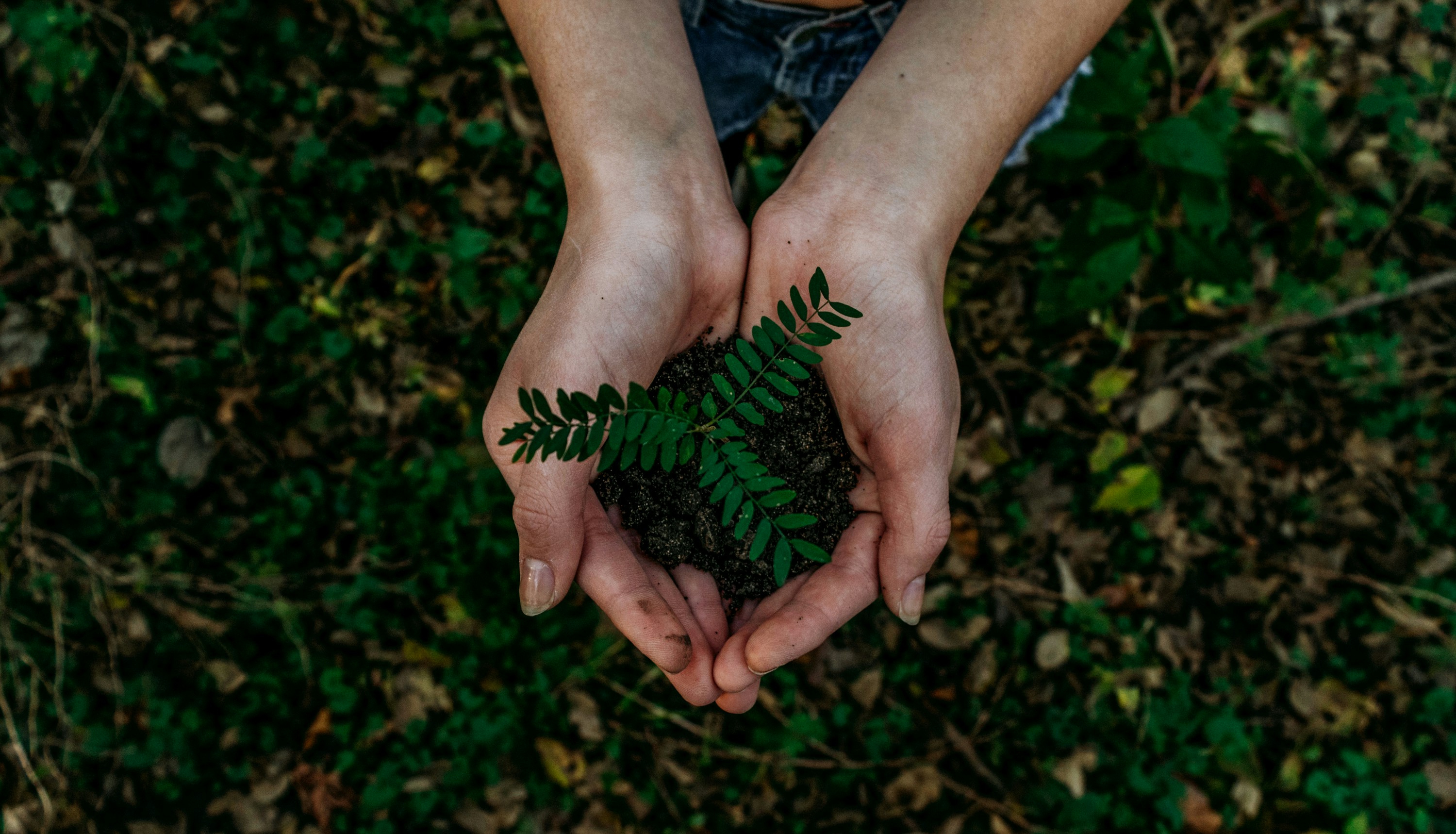The Rise of Eco-Friendly Packaging: A Low-Cost Solution with High Environmental Value

In recent years, eco-friendly packaging has emerged as one of the most promising solutions to the growing concerns about environmental sustainability. As the world continues to grapple with climate change, plastic pollution, and waste management issues, industries across the globe are looking for innovative ways to reduce their carbon footprint. Among the many approaches, eco-friendly packaging stands out not only for its potential to reduce environmental damage but also for its surprisingly low cost and high long-term value.
Packaging is an essential part of almost every product that reaches consumers, whether it’s food, electronics, or cosmetics. However, traditional packaging, particularly plastic, has long been criticized for its environmental impact. With growing public awareness about environmental issues, businesses are now shifting towards more sustainable packaging solutions. In this blog, we will explore the rise of eco-friendly packaging, the challenges it faces, and why it is a low-cost solution with immense potential for long-term environmental and economic benefits.
1. The Problem with Traditional Packaging
Plastic has dominated the packaging industry for decades due to its low cost, versatility, and durability. However, the widespread use of plastic has led to significant environmental problems. It is estimated that around 8 million metric tons of plastic waste end up in the ocean each year, severely affecting marine life and ecosystems. Additionally, plastic takes hundreds of years to decompose, creating long-lasting waste in landfills and oceans.
In response to this growing concern, there has been increasing pressure on industries to find more sustainable packaging alternatives. Consumers are now more conscious of the environmental impact of the products they buy, and many are actively seeking brands that prioritize eco-friendly packaging solutions.
2. What is Eco-Friendly Packaging?
Eco-friendly packaging refers to materials that have a minimal environmental impact and are designed to reduce waste and pollution. Unlike traditional plastic packaging, which is derived from petroleum-based products, eco-friendly packaging is made from renewable, biodegradable, or recyclable materials.
Some of the most common eco-friendly packaging alternatives include:
-
Biodegradable Plastics: Made from renewable resources such as corn starch, sugarcane, or potato starch, these plastics break down naturally over time, unlike conventional plastic.
-
Cardboard and Paper: These materials are recyclable and often sourced from sustainably managed forests. They are widely used in packaging for products such as food, electronics, and cosmetics.
-
Glass: Glass packaging is reusable and recyclable, making it an eco-friendly alternative for food and beverage packaging.
-
Plant-Based Materials: Materials such as mushroom-based packaging, seaweed, and hemp are emerging as innovative alternatives to traditional packaging. These materials are biodegradable and sustainable.
Eco-friendly packaging not only helps reduce the amount of plastic waste but also lowers the carbon footprint of products by using materials that are easier to recycle or decompose.
3. Why Eco-Friendly Packaging is a Low-Cost, High-Value Solution
At first glance, eco-friendly packaging may seem like a more expensive option compared to traditional plastic packaging. However, several factors contribute to its low cost and high potential value.
1. Reduction in Waste Disposal Costs
Traditional plastic packaging can take up valuable landfill space and incur waste management costs. By switching to eco-friendly materials that are recyclable or biodegradable, businesses can reduce waste disposal costs. This can be particularly beneficial for companies operating in regions where waste management and recycling systems are expensive or inefficient.
2. Increased Consumer Demand for Sustainability
As consumers become more environmentally conscious, they are increasingly demanding products that use sustainable packaging. By adopting eco-friendly packaging, companies can tap into this growing market of eco-conscious consumers. This can lead to higher sales and increased brand loyalty, ultimately providing a greater return on investment.
3. Government Incentives and Regulations
Governments around the world are beginning to implement stricter regulations on plastic packaging. Many countries are introducing bans or taxes on single-use plastics, encouraging businesses to seek alternative packaging solutions. In some cases, governments offer financial incentives or subsidies to businesses that invest in sustainable packaging, making eco-friendly options more affordable.
4. Positive Brand Image and Reputation
In today’s competitive market, consumers are more likely to support brands that align with their values. By adopting eco-friendly packaging, businesses can improve their brand image and reputation. This can lead to increased customer loyalty, positive media attention, and even partnerships with other organizations that share the same commitment to sustainability.
5. Innovation in Packaging Materials
Advancements in materials science have made eco-friendly packaging more affordable and accessible. As demand for sustainable packaging grows, the market for these materials has expanded, leading to increased competition and lower prices. Additionally, improvements in production processes have made it easier for businesses to incorporate sustainable materials into their packaging without significantly raising costs.
4. Challenges to Widespread Adoption
While the benefits of eco-friendly packaging are clear, there are still challenges that hinder its widespread adoption. These challenges include:
1. Consumer Education
Although consumers are increasingly aware of environmental issues, there is still a lack of understanding about the benefits and availability of eco-friendly packaging. Brands must invest in educating their customers about the importance of sustainable packaging and the positive impact it can have on the environment.
2. Supply Chain Constraints
Eco-friendly packaging materials can sometimes be more difficult to source or produce in large quantities, especially in regions where sustainable materials are not readily available. Companies may need to invest in building relationships with suppliers that can provide eco-friendly alternatives.
3. Initial Cost of Transition
For businesses that have been using traditional plastic packaging for years, the transition to eco-friendly alternatives can involve some upfront costs. This includes sourcing new materials, redesigning packaging, and possibly upgrading production equipment. However, the long-term savings and benefits often outweigh the initial investment.
5. The Future of Eco-Friendly Packaging
Despite the challenges, the future of eco-friendly packaging looks promising. As technology advances and consumer demand continues to rise, the cost of sustainable packaging is expected to decrease. In fact, many experts believe that eco-friendly packaging will become the norm in the coming years, driven by both environmental pressures and consumer expectations.
The potential value of eco-friendly packaging extends beyond just environmental benefits. It also offers opportunities for businesses to innovate and differentiate themselves in a crowded market. By embracing sustainability, brands can build a loyal customer base, improve their environmental impact, and contribute to a greener future.
Conclusion
Eco-friendly packaging is a low-cost, high-value solution that offers businesses a way to reduce their environmental impact while meeting the growing demand for sustainable products. By transitioning to sustainable materials and adopting innovative packaging solutions, companies can help reduce waste, lower their carbon footprint, and improve their bottom line. With the rise of eco-conscious consumers and increasing government regulations, the shift toward eco-friendly packaging is not just a trend—it’s a necessity for a more sustainable and profitable future.
As businesses and consumers continue to prioritize sustainability, eco-friendly packaging will play a critical role in shaping the future of the global economy. The time to make the switch is now, and those who do will reap the rewards of a cleaner, greener world.
Asif Bc
Aspiring blogger in Kerala sharing insights on technology and mental health to inspire mindful living.



.jpg)
0 Comments